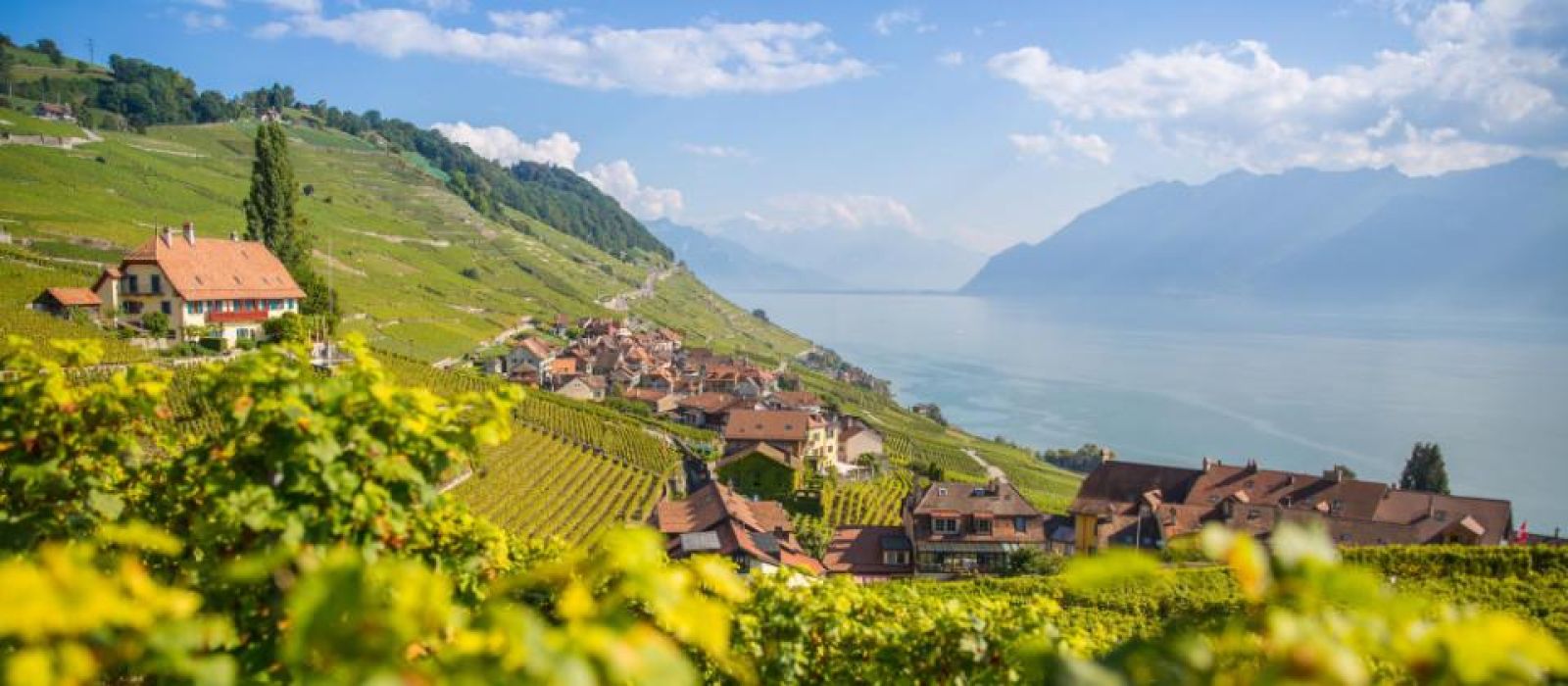
La Chaux-de-Fonds and Le Locle: The Cradle of Swiss Watchmaking
Tucked away in the Jura Mountains within the canton of Neuchâtel, La Chaux-de-Fonds and Le Locle hold a unique place in horological history.
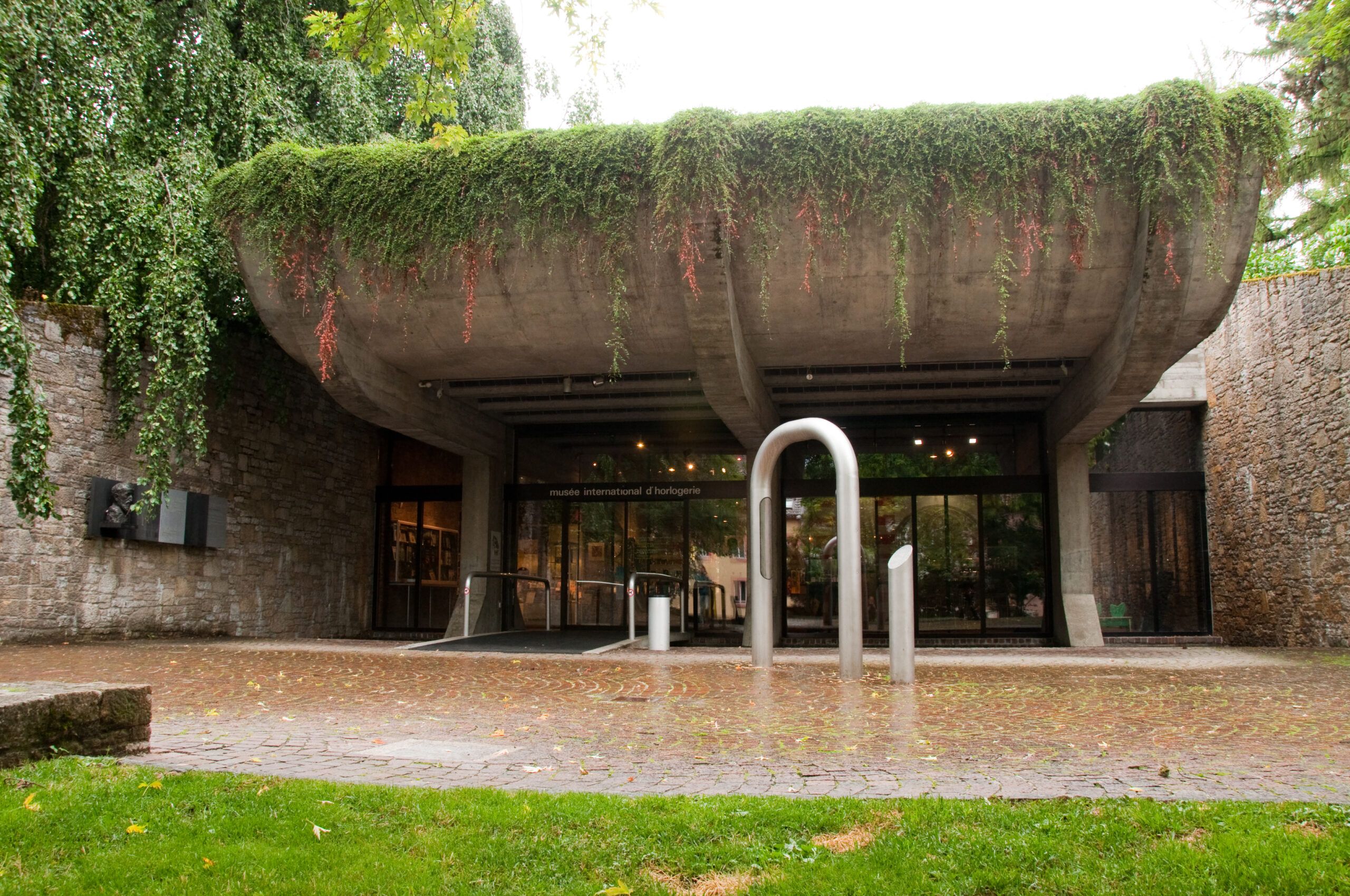
These two towns are widely regarded as the birthplaces of Swiss watchmaking, and in 2009, they were jointly inscribed on the UNESCO World Heritage List for their remarkable urban planning, which was specifically designed to support the watchmaking industry.
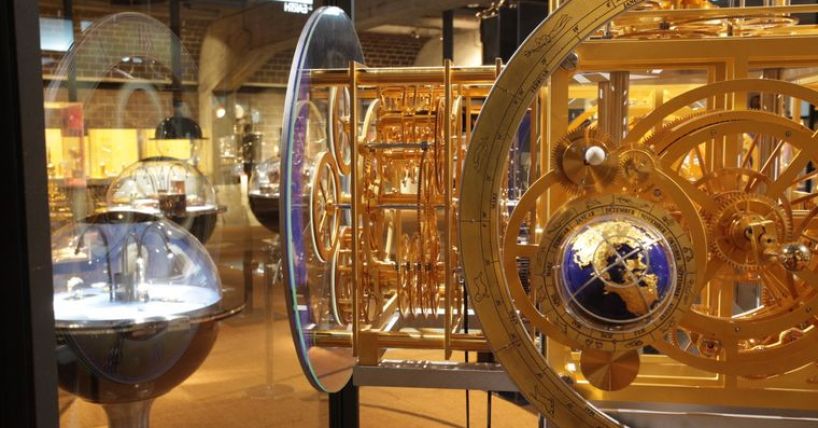
What makes these towns exceptional is not only their historical significance but also how deeply watchmaking is woven into their architectural and cultural fabric. Their grid-like urban layouts—unusual for mountain towns—were intentionally conceived to optimize light and space for artisanal workshops, reflecting the industrial and social organization of watch production in the 19th and early 20th centuries. This integration of urban planning and industry remains a rare and invaluable example of functional city design.
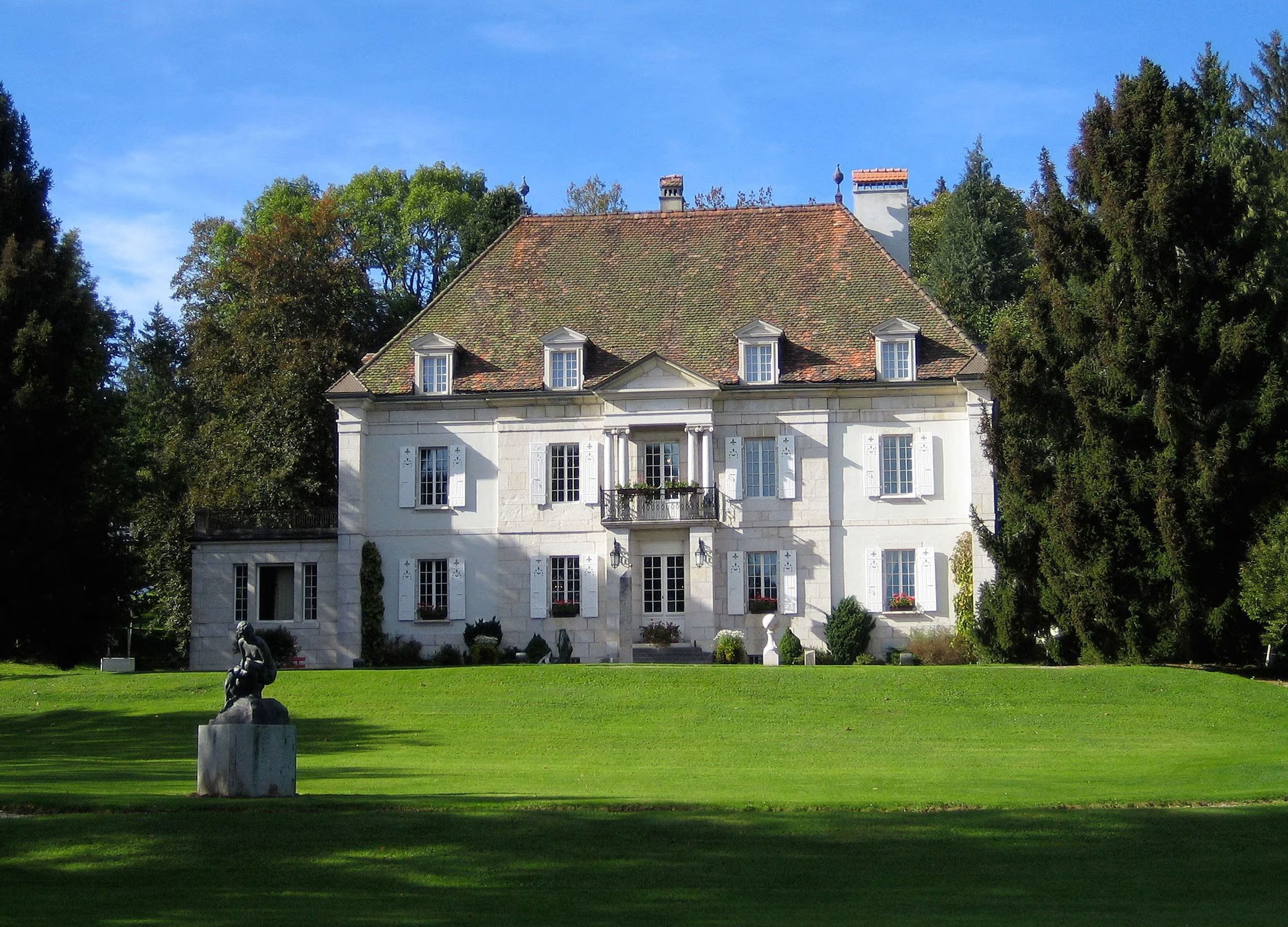
In La Chaux-de-Fonds, the Musée International d’Horlogerie (MIH) is a centerpiece of horological heritage. Set in a striking modernist building that blends into the town’s hillside, the museum houses over 4,500 timekeeping objects, from ancient sundials and marine chronometers to ornate pocket watches and avant-garde contemporary designs. Beyond the objects themselves, the MIH provides rich insight into:
- The technological evolution of time measurement
- The scientific innovations that made precision possible
- The sociocultural impact of watchmaking on the region and beyond
Interactive exhibits and temporary exhibitions further enhance the visitor experience, making the museum a living chronicle of horology.
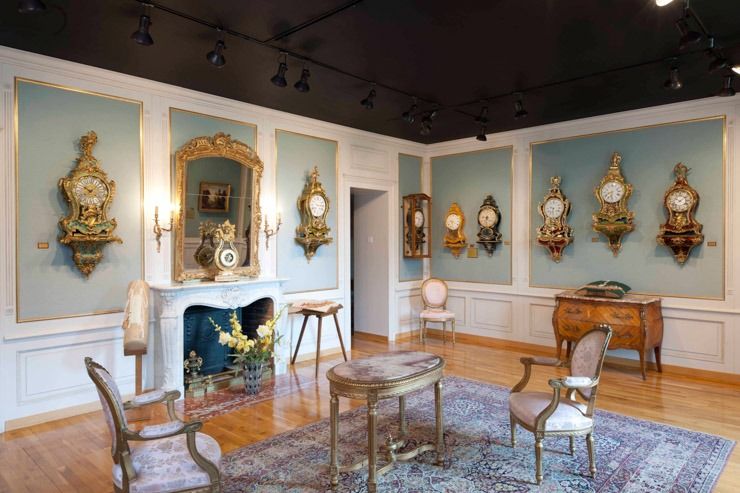
Le Locle, just a few kilometers away, offers its own unique perspective on watchmaking tradition. The Musée d’Horlogerie du Locle – Château des Monts, set in an 18th-century manor house, presents a more intimate view of the craft, with beautifully preserved workshops, musical clocks, and automata that highlight the artistry and ingenuity of early Swiss watchmakers.
Both towns also feature working ateliers, many of which open their doors to the public for guided tours and demonstrations. Here, visitors can witness the meticulous skills of watchmakers and engravers, gaining firsthand appreciation for the precision, patience, and passion that define Swiss horology.
